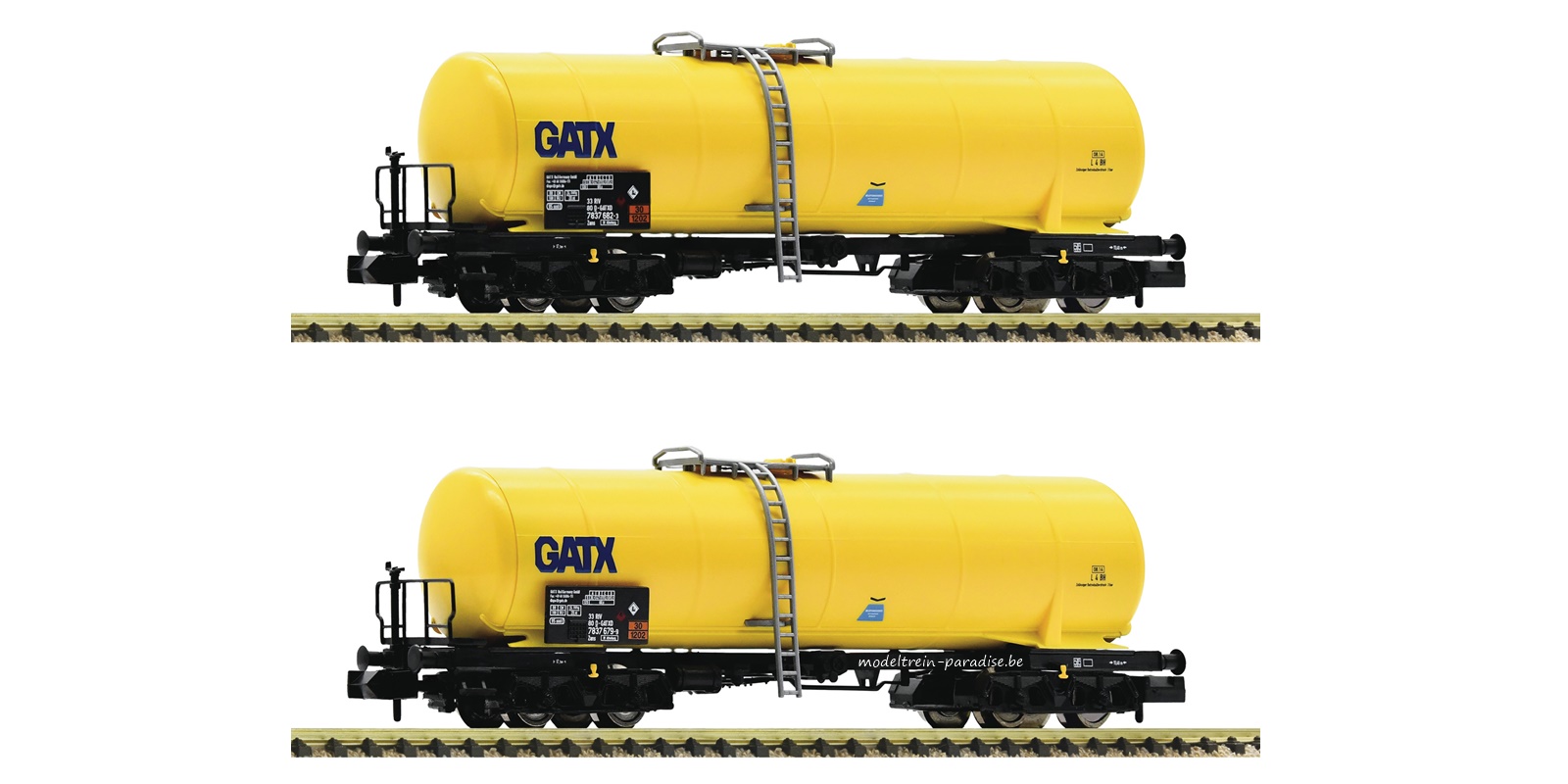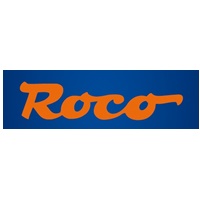72690 ... BLS .. Dubbele e-locomotief Ae 8/8 272 .. tp IV-VRoco - [R 72690]
Roco
72690 .....
Schaal 1/87
Dubbele
elektrische locomotief Ae 8/8 272 van de
Bern-Lötschberg-Simplon-Bahn (BLS).
■
Voor het eerst met nieuwe, fijne stroomafnemers van het type BBC 350/2
■
Beide locomotiefhelften aangedreven
■
Versie met zilverkleurig dak
■
Verandering van licht volgens Zwitserse voorschriften
Met de locomotieftypen Ae 6/8 en Ae 4/4 beschikte de BLS over zeer
krachtige machines in het wagenpark.
Toch werd het gebruik ervan in het goederenvervoer steeds meer
geassocieerd met dubbele tractie- en rangeerdiensten vanwege het steeds
omvangrijkere en gestandaardiseerde ontwerp van het wagonmateriaal in
het midden van de jaren vijftig en dus langere en zwaardere treinen.
De evaluatie van een nieuwe tractie-eenheid tot 900 ton getrokken
lasten op een helling van 27 per mille, toonde aan dat een verdubbeling
van de beproefde Ae 4/4 de beste oplossing zou zijn.
De resulterende Ae 8/8 locomotieven hadden een vermogen per uur van
8.800 pk (6.480 kW) bij 76 km / u en bereikten een topsnelheid van 125
km / u. Diverse technische verbeteringen lieten een uitstekende
toepassing van de trekkracht toe en gaven de machines tenslotte de
bijnaam "Muni" (dialect voor een fokdier).
Belangrijke voordelen van het ontwerp met permanent verbonden
locomotiefhelften waren de besparing van twee bestuurderscabines en de
vermindering van de frequente lege ritten van terugkerende
dubbeltractie- of rangeerlocomotieven op het toen nog enkelsporige
Lötschbergspoor.
De eerste drie locomotieven, 271 tot 273, werden tussen 1959 en 1963
door de SLM en de BBC aan de BLS geleverd.
Vanwege de positieve ervaringen met de machines besloot de BLS in 1965
nog twee eenheden 274 en 275 te bouwen. Dit keer werd echter een
methode gebruikt die sterk leek op de modelbouwpraktijken (ik vraag me
af of de verantwoordelijke ingenieur ...? !):
Twee bestaande Ae 4/4 werden geassembleerd tot een Ae 8/8 locomotief
identiek aan de eerste drie terwijl de nodige aanpassingen werden
doorgevoerd.
Hoewel hun voornaamste activiteit de tractie was van zware
transitgoederentreinen op de lijnen tussen Biel / Bienne, Bern, Thun en
Brig-Domodossola, waren de "Munis" ook te vinden voor lange
internationale passagierstreinen.
Bij de treinladingen, die weliswaar boven de oorspronkelijk beoogde
waarde van 900 ton bleven stijgen, was vaak dubbele tractie met Ae 6/8,
Ae 4/4, Re 4/4 en Re 465 nodig. De ingebruikname van het tweede Re 465
"Squadron" leidde tot de voorlopige hermobilisatie van alle Ae 8/8.
Locomotief 274 was daarvoor al buiten bedrijf gesteld. Een loodsbrand
zorgde er uiteindelijk voor dat loc 271 en 272 van het toneel
verdwenen. Locomotief 273 is bewaard gebleven als historische
locomotief. Op dit moment probeert Stichting BLS fondsen te werven om
de locomotief weer operationeel te maken.
Double
electric locomotive Ae 8/8 272 of the
Bern-Lötschberg-Simplon-Bahn (BLS).
■
For the first time with new, finely-detailed pantographs of the type
BBC 350/2
■
Both locomotive halves powered
■
Design with a silver roof
■
Light change according to the Swiss regulations
With
the locomotive types Ae 6/8 and Ae 4/4, the BLS had extremely powerful
machines in its vehicle fleet. Still, in freight transport, their use
was more and more associated with double traction and shunting services
due to the increasingly bulky and standardised design of the wagon
material in the mid-fifties and thus longer and more massive trains.
The
evaluation of a new traction unit up to 900 tonnes towed loads on a 27
per mille gradient, showed that doubling the proven Ae 4/4 would be the
best solution. The resulting Ae 8/8 locomotives had an hourly power
output of 8,800 hp (6,480 kW) at 76 km/h and reached a top speed of 125
km/h. Various technical improvements allowed an excellent application
of the tractive power and finally gave the machines the nickname "Muni"
(dialect for a breeding animal).
Significant
advantages of the design with permanently connected locomotive halves
were the saving of two driver's cabs and the reduction of the frequent
empty runs of returning double traction or shunting locomotives on the
Lötschberg line, which at that time was still single track.
The first three locomotives, 271 to 273, were delivered to the BLS by
the SLM and the BBC between 1959 and 1963.
Due
to the positive experiences with the machines, the BLS decided to have
built two more units 274 and 275 in 1965. However, this time a method
was used that strongly resembled model building practices (I wonder if
the engineer in charge ...?!): Two existing Ae 4/4 were assembled to
form an Ae 8/8 locomotive identical to the first three while carrying
out the necessary adaptations.
Although
their main field of activity was the traction of heavy transit goods
trains on the lines between Biel/Bienne, Bern, Thun and
Brig-Domodossola, the "Munis" could also be found in front of long
international passenger trains. With the trainloads, which admittedly
continued to rise above the originally intended value of 900 tonnes,
double traction with Ae 6/8, Ae 4/4, Re 4/4 and Re 465 was often
necessary. The commissioning of the second Re 465 "Squadron" led to the
provisional remobilisation of all Ae 8/8. Locomotive 274 was already
decommissioned before that. A shed fire finally caused loco 271 and 272
to disappear from the scene. Locomotive 273 has been preserved as a
historical locomotive. At the moment, the BLS Foundation is trying to
raise funds to make the locomotive operational again.
 825816 ... GATX … Set 2 ketelwagens … tp VI
825816 ... GATX … Set 2 ketelwagens … tp VI
